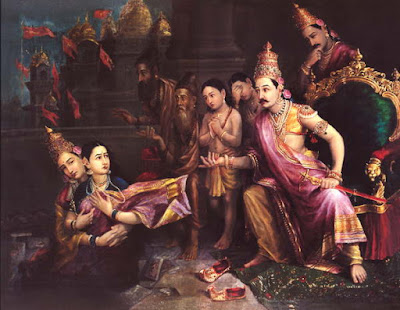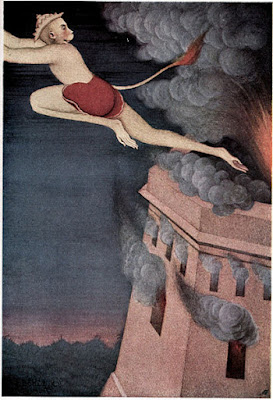Week 7 Story: The “Death” of Perseus
The current version of this story can be found at my Portfolio here! The battle was near, and both sides waited in a moment of tense anticipation. On one side, Perseus’ dad stood armed and ready ahead of his troops, prepared to charge forward at any second. Poseidon had led them thus far, and those who followed him had faith in his ability to lead them to victory. On the other side, his nemesis Zeus stood in a similar manner. Both knew that they would be the deciding factor in the battle, as each was capable of wiping out the other’s entire army with ease. In a moment of weakness, Zeus came up with a plan to defeat Poseidon in battle. With both sides about to rush forward, Zeus raised his hand in the air, as if he wanted to pause and say something. Poseidon was confused. “What is the meaning of this?”, he asked. Zeus smirked, and yelled across the battlefield. “Oh nothing. I just thought you’d like to know that we captured your son Perseus and killed him.” “That can’t be, P...








